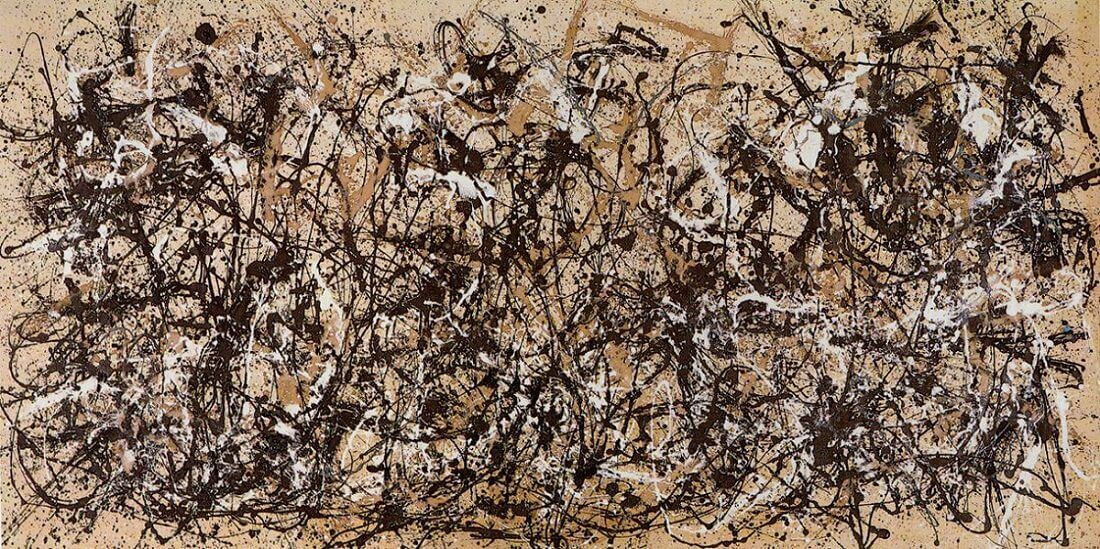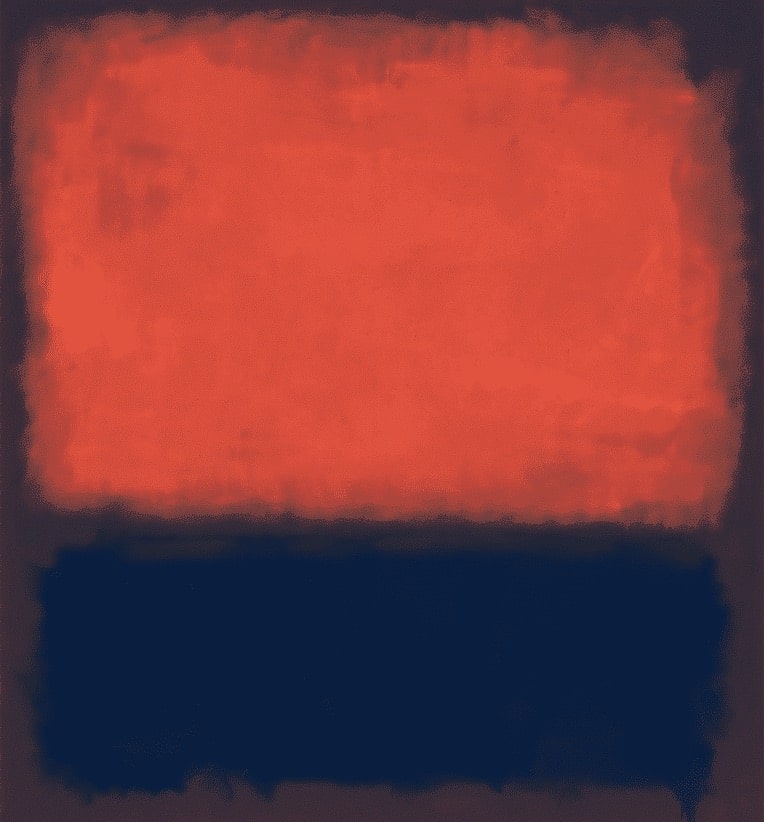"Abstract Expressionism: Exploring the Movement That Transformed Modern Art"
"How Abstract Expressionism Redefined Creativity and Emotion in Art."
Abstract Expressionism stands as one of the most revolutionary art movements in history. Emerging in the mid-20th century, it shattered the boundaries of traditional art, embracing spontaneity, abstraction, and raw emotion. This comprehensive guide explores the origins, philosophies, defining characteristics, key figures, and the lasting legacy of Abstract Expressionism.
1. The Historical Context: A World in Transition
1.1 The Interwar Period
The early 20th century was a time of significant upheaval. Following World War I, artists sought new ways to express the fragmented human experience. Movements like Cubism and Surrealism laid the groundwork for abstraction, rejecting the constraints of realism.
- Influences: Early pioneers like Wassily Kandinsky and Piet Mondrian introduced abstraction as a way to explore universal themes.
1.2 Post-World War II: A New Era
World War II devastated Europe, prompting many avant-garde artists to emigrate to the United States. New York City emerged as a cultural hub, replacing Paris as the global art capital. The political tension of the Cold War added another layer to the movement, as Abstract Expressionism was seen as a symbol of American creativity and freedom.
2. Philosophical Foundations of Abstract Expressionism
2.1 Existentialism
Existentialist philosophy, championed by thinkers like Jean-Paul Sartre, emphasized individual freedom and the search for meaning. Abstract Expressionists embraced these ideas, using their art as a personal and emotional journey.
2.2 Carl Jung’s Influence
Jung’s theories of the collective unconscious inspired artists to explore archetypes and shared human experiences, resulting in works that resonate universally.
2.3 The Role of Process
For many Abstract Expressionists, the act of creation was paramount. The process—whether dripping paint or layering colors—became a performance, embodying their emotions and intentions.
3. Defining Characteristics of Abstract Expressionism
Abstract Expressionism encompasses a variety of styles, but some defining traits unite the movement:
- Large-Scale Canvases: These immersive works command attention, enveloping the viewer in the artist’s vision.
- Non-Representational Forms: Abstraction replaced realistic imagery, focusing on emotion and symbolism.
- Spontaneity: Artists often worked intuitively, letting the creative process unfold naturally.
- Emotional Intensity: The movement sought to evoke powerful, visceral reactions.
4. Major Styles in Abstract Expressionism
4.1 Action Painting
This energetic style emphasizes the physical act of painting. Techniques like dripping, splattering, and gestural strokes characterize these works.
- Key Figures: Jackson Pollock, Willem de Kooning, Franz Kline.
-
Notable Example: Jackson Pollock’s Autumn Rhythm (Number 30).

4.2 Color Field Painting
In contrast to Action Painting, Color Field artists focused on large, flat areas of color to evoke meditative and emotional experiences.
- Key Figures: Mark Rothko, Barnett Newman, Helen Frankenthaler.
-
Notable Example:

Mark Rothko’s No. 14 (1960).
5. Key Figures of Abstract Expressionism
5.1 Jackson Pollock
- Innovation: Developed the drip technique, creating chaotic yet controlled compositions.
- Notable Works: Blue Poles, Convergence.
5.2 Mark Rothko
- Innovation: Known for his luminous color field paintings that invite introspection.
- Notable Works: Orange and Yellow, Untitled (Black on Gray).
5.3 Willem de Kooning
- Innovation: Merged abstraction with figuration, often exploring themes of the human form.
- Notable Works: Woman I, Excavation.
5.4 Helen Frankenthaler
- Innovation: Pioneered the soak-stain technique, blending abstraction with subtle color gradients.
- Notable Works: Mountains and Sea.
6.The Impact of Abstract Expressionism
6.1 Transforming the Art World
Abstract Expressionism marked the first time an American movement dominated the global art scene. It established New York City as a cultural epicenter.
6.2 Influence on Other Disciplines
The movement’s emphasis on emotion and improvisation inspired literature, music (notably jazz), and dance.
6.3 Commercial Success
Although rooted in avant-garde ideals, Abstract Expressionism found commercial success, with works commanding high prices at auctions.
7. Criticisms and Controversies
Abstract Expressionism was not without its detractors:
- Accessibility: Critics argued the movement was too elitist and abstract for general audiences.
- Theoretical Overload: Some felt the art relied too heavily on intellectual justifications.
- Commercialization: The movement’s success in galleries led to accusations of catering to market demands.
8. How to Incorporate Abstract Expressionism into Your Space
Abstract Expressionist art is not just for galleries—it can transform any space. Here’s how to bring its bold energy into your home:
8.1 Choose the Right Piece
- Action Paintings: Ideal for living rooms or offices where energy and dynamism are welcome.
- Color Field Paintings: Perfect for bedrooms or meditative spaces, offering calm and introspection.
8.2 Placement and Pairing
- Pair large-scale works with minimalist furniture to let the art shine.
- Use complementary colors to create harmony in the room.
9. The Legacy of Abstract Expressionism
Abstract Expressionism paved the way for subsequent movements like Pop Art, Minimalism, and Conceptual Art. Its emphasis on individuality and emotion continues to inspire contemporary artists, ensuring its relevance in today’s creative landscape.
Conclusion: Abstract Expressionism’s Timeless Appeal
Abstract Expressionism was more than a movement—it was a revolution that challenged the way art was created, viewed, and understood. Its emphasis on freedom, emotion, and process continues to resonate, making it a cornerstone of modern art.
Whether you’re an art enthusiast or a casual admirer, Abstract Expressionism offers a window into the human experience. Its works invite you to feel, reflect, and connect, reminding us that art’s greatest power lies in its ability to evoke emotion and inspire thought.
Explore Abstract Expressionism for Your Space
If you’re inspired by the raw emotion, bold colors, and dynamic forms of Abstract Expressionism, why not bring this transformative art style into your home or office? Owning a piece of Abstract Expressionist art is more than just decorating—it’s about creating an atmosphere of energy, introspection, and creativity.
Browse our curated collection of Abstract Expressionism-inspired art to find the perfect piece that speaks to you. Transform your walls into a canvas of emotion and make a bold statement with art that reflects the power of individuality and expression.
https://d167ac-e9.myshopify.com/collections/abstract-canvas-prints
